India’s Cinema's Crown Jewel 'Sholay' turns 50
Half a century later, ‘Sholay’ still blazes bright - the plot, the dialogues, the music etched forever in India’s cinematic soul.
-
Dharmendra, Hema Malini, Bachchan and Jaya Bhaduri were on the list of potential cast.
Bengaluru, 14 Aug
The year is 1972. The old guard of the Hindi film industry are on their way out. The decades of magic spun by veterans such as Dilip Kumar, Raj Kapoor, Rajendra Kumar, Shammi Kapoor and Dev Anand is making way for the new. The new kid on the block, arguably called Hindi cinema’s first superstar Rajesh Khanna, has delivered seven flops in a row, and things are looking a bit bleak for film-makers.
Enter two
young writers, their youth matched by their confidence bordering on cockiness,
their flamboyance matched by their incredible talent. Employed as writers in
the story department of Sippy Films for a salary of Rs 750 a month, they have
two ideas on hand.
One was of
a young man suffering from a brain tumour, who gets himself framed for murder
so that his family can live with the reward money; and the other of an Army
officer whose family has been wiped out by enemies, who hires two renegade
officers to help him take revenge.
“Let the
first idea go,” Ramesh Sippy, the 25-year-old scion of Sippy Films and a successful
director with two films – ‘Andaaz’ and ‘Seeta Aur Geeta’ under his belt, tells
them. “Develop the second idea. Let’s make a big film.”
Cut to 14 August, 1975:
Minerva,
India’s only theatre with a screen big enough for a 70mm film with a six-track
sound, and with 1,500 seats, has been selected for a pre-release screening of
‘Sholay’, a film that has been almost two-and-a-half-years in the making.
Outside the theatre are large cutouts of the star cast: Dharmendra, Amitabh,
Sanjeev, Hema, Jaya and, of course, the grand discovery of the film - Amjad
Khan - who essayed the role of Gabbar Singh. Big names from the Hindi film
industry are present to watch the film with feelings of curiosity and envy.
But,
where is the film?
It turned
out that a bureaucratic delay had held the film at the Customs. Since a major
part of the post-production work on the 70-mm print was done in London, several
levels of bureaucracy had to be cleared. A junior officer who had felt slighted
in the process had ordered the film to be held back and the 70-mm print was
still lying with the Customs. The elite audience had to be content watching the
film in 35-mm.
The mixed
response to the film was not encouraging either. While director Prakash Mehra,
to whom Salim-Javed had first offered the script, wondered why he had let go of
such a brilliant idea, several others reacted politely to the Sippy
blockbuster, which was soon turning out to be the production house’s biggest
and most expensive mistake.
The cast and crew got to the drawing board once again and wondered if the ending had to be redone once again. The first time it was redone to please the Censor Board, which would not allow for Thakur Baldev Singh to kill Gabbar, because in 1975 India, a police officer was not expected to take law into his own hands even on screen. But the writers Salim-Javed put their foot down.
Any more redoing of
the ending would dilute the film, they said. The two recalcitrant young men
also placed full page advertisements with their names on it, predicting that
‘Sholay’ would earn Rs 1 crore in each major territory of India.
Audience is king:
And then
the audience began to weave their magic.
Lore has it
that a theatre owner called up Ramesh Sippy in the third week after the film’s
release to tell him that the film was a hit. A shocked Sippy asked him how he
knew this, to which the man replied, “The sales of ice-cream and soft drinks
has gone down. No one is walking out of the theatre during the interval.”
Sholay had
found its mark.
The making of the blockbuster
When the father-and-son Sippy duo had asked Salim-Javed to develop the script into a full-length feature film, what they had in mind was the kind of film that had not been made in India before.
No Chambal-based daakus for them, no heroes with
a heart of gold who could reform the bad guys, no back story for the villain in
which an upright innocent man had turned into a villain a la Ganga Jamuna, no
suffering mother, no lost and found brothers. This film was for here and now.
The only backstory in the film was that of Thakur Baldev Singh and why he
embarks on this vengeful mission.
Every
character, including the minor ones like Asrani who plays “angrezon ke zamane
ka jailer” and Soorma Bhopali’s characters, were cast with utmost care.
Dharmendra and Hema Malini were on the list, as were Amitabh Bachchan and Jaya
Bhaduri. Sanjeev Kumar was to play Thakur Baldev Singh and Danny Denzongpa,
fresh from his success as the cold-blooded villain of ‘Dhundh’, was the
original choice for Gabbar Singh. The composer-lyricist team of RD Burman and
Anand Bakshi, who had delivered several popular songs in ‘Seeta Aur Geeta’ were
also roped in.
The Sippys
also decided that the location had to be changed from the dusty villages of
Rajasthan masquerading as Chambal, as was the norm in those days. They wanted a
more stark, more desolate location for their film. After months of scouting,
the Sippys’ art director Ram Yedekar found a little village with boulders and
patches of grassy flatlands, an hour’s distance away from then Bangalore –
Ramanagaram.
Once the
location was approved, an army of workmen descended on this sleepy village.
Permissions were sought, and the construction began with the help of the local
population. Steps were cut into the hard earth, Thakur’s house, Gabbar’s den,
the village square, huts, a temple and a mosque were built. Makeup rooms,
lounges and attached bathrooms were cleverly constructed inside the villagers’
houses for the cast and crew to rest between shots. A godown was built to store
rations and a kitchen equipped to feed a few hundred people each day. Barns
were also constructed for the horses and rooms for the construction crew. A
pucca road was laid from Bangalore to Ramanagram. Telephone lines were
installed too. All this in just two months.
While this
was going on, it was found that the main character of the film, Danny
Denzongpa, who was to be cast as Gabbar, was having problems with his dates.
The schedule of ‘Sholay’ clashed with the schedule of Feroz Khan’s ‘Dharmatma’,
which was to be shot in Afghanistan. A reluctant Danny chose to give up on
‘Sholay’.
The search
for a new Gabbar began with names of popular villains – Ranjit, Prem Chopra and
Ajit being tossed around, but it did not seem like any of them would fit the
bill. It was then that Javed remembered a young actor he had seen perform in a
play ‘Aye mere watan ke logon’ in a Youth Festival in Delhi, a few years back.
Enquiries were made and the actor, who had by then done some small roles in
cinema, traced. He was character actor Jayant’s son – Amjad Khan. Amjad grew a
beard, blackened his teeth and appeared for the screen test on 20 September,
1973, and was instantly chosen for the role.
Sholay was ready to go on the floors.
Leave a Reply
Your email address will not be published. Required fields are marked *






.jpg)

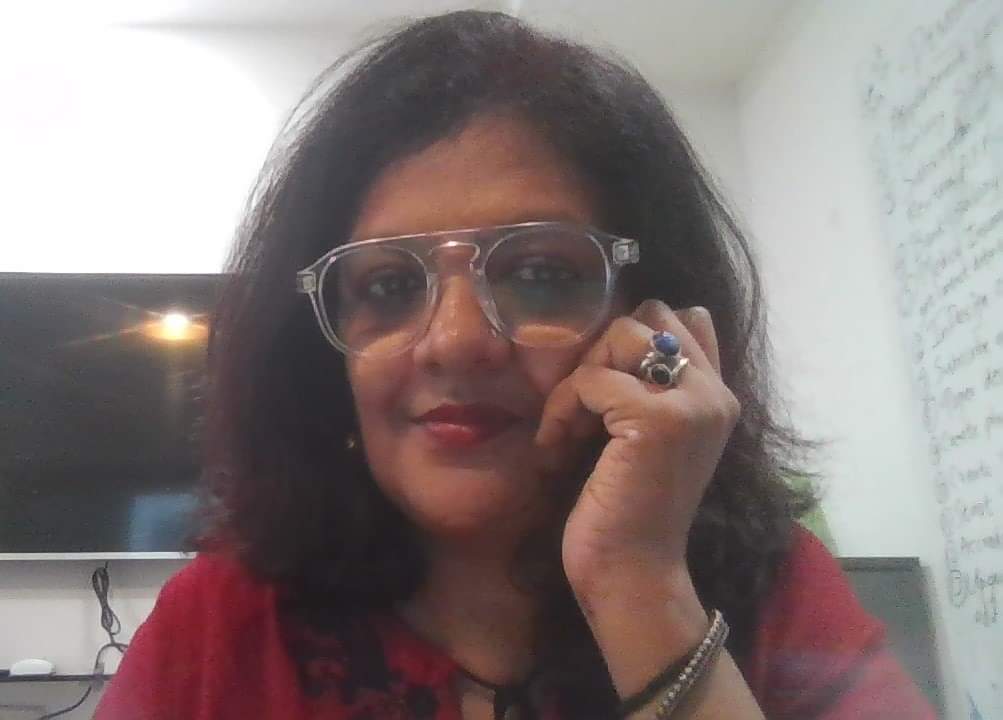
.jpg)

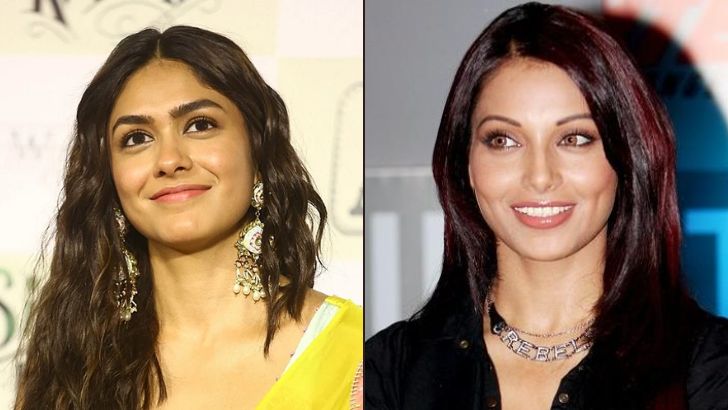
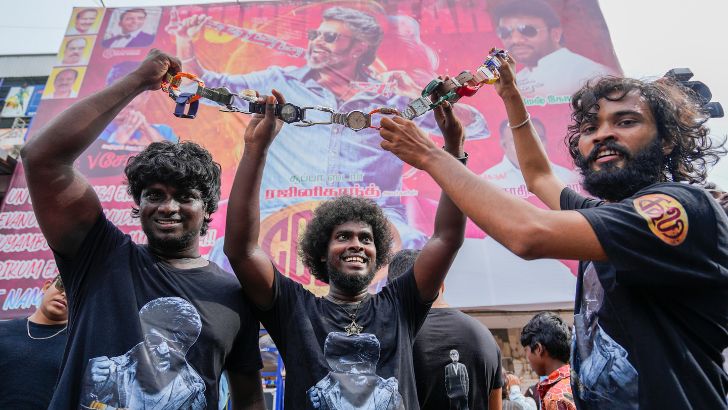
.png)
.png)
.png)

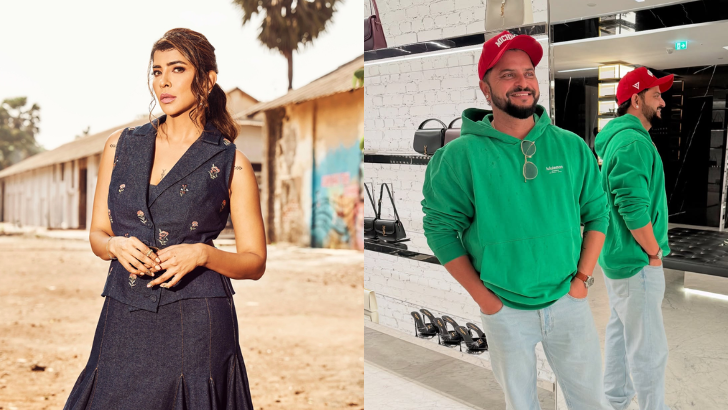
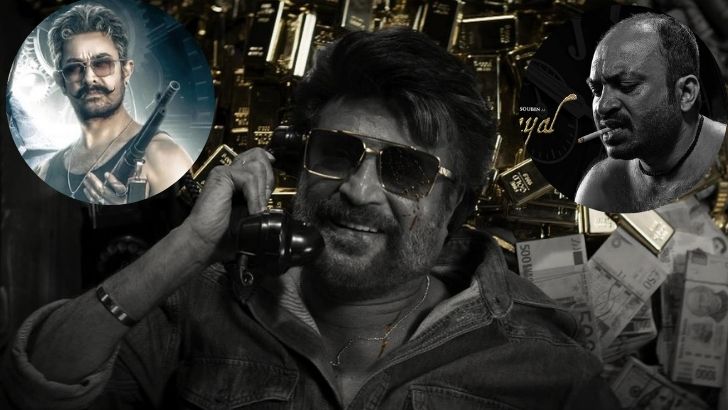
.jpg)
.jpg)
